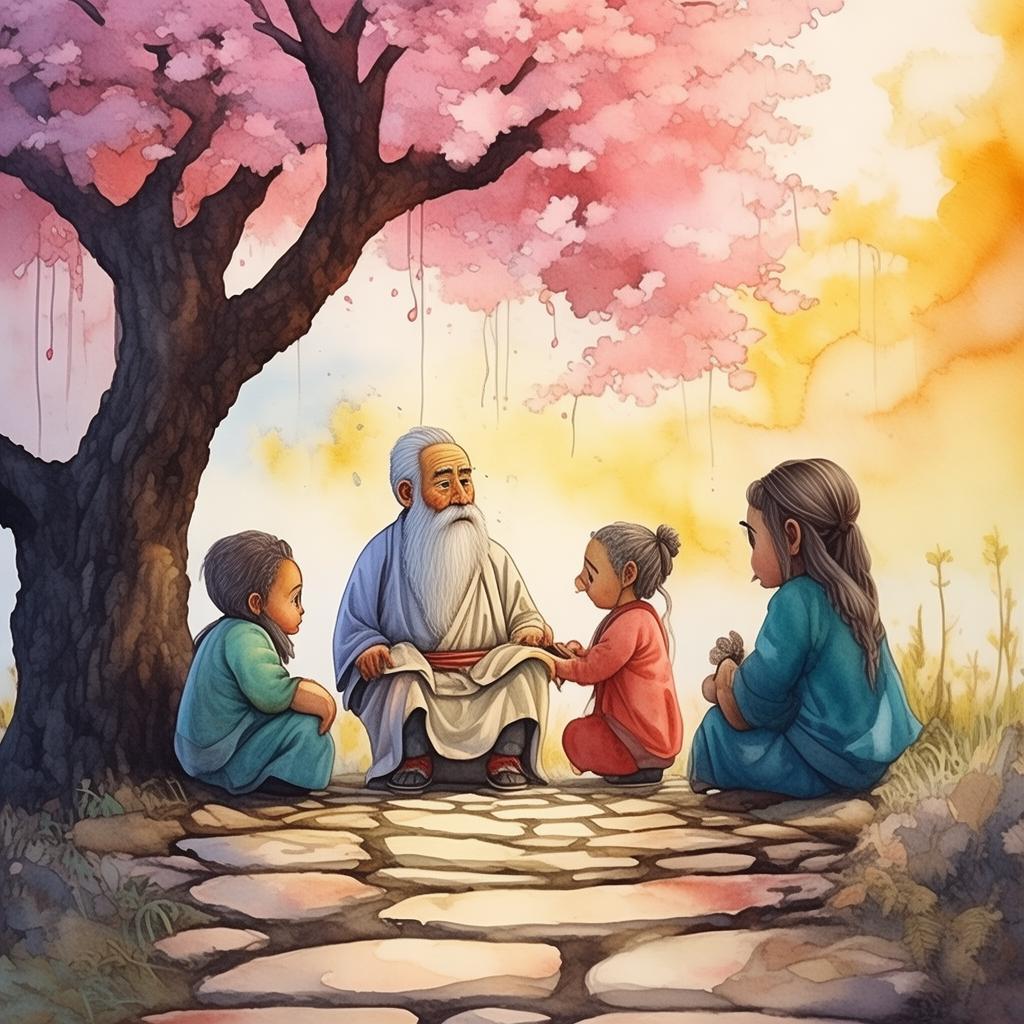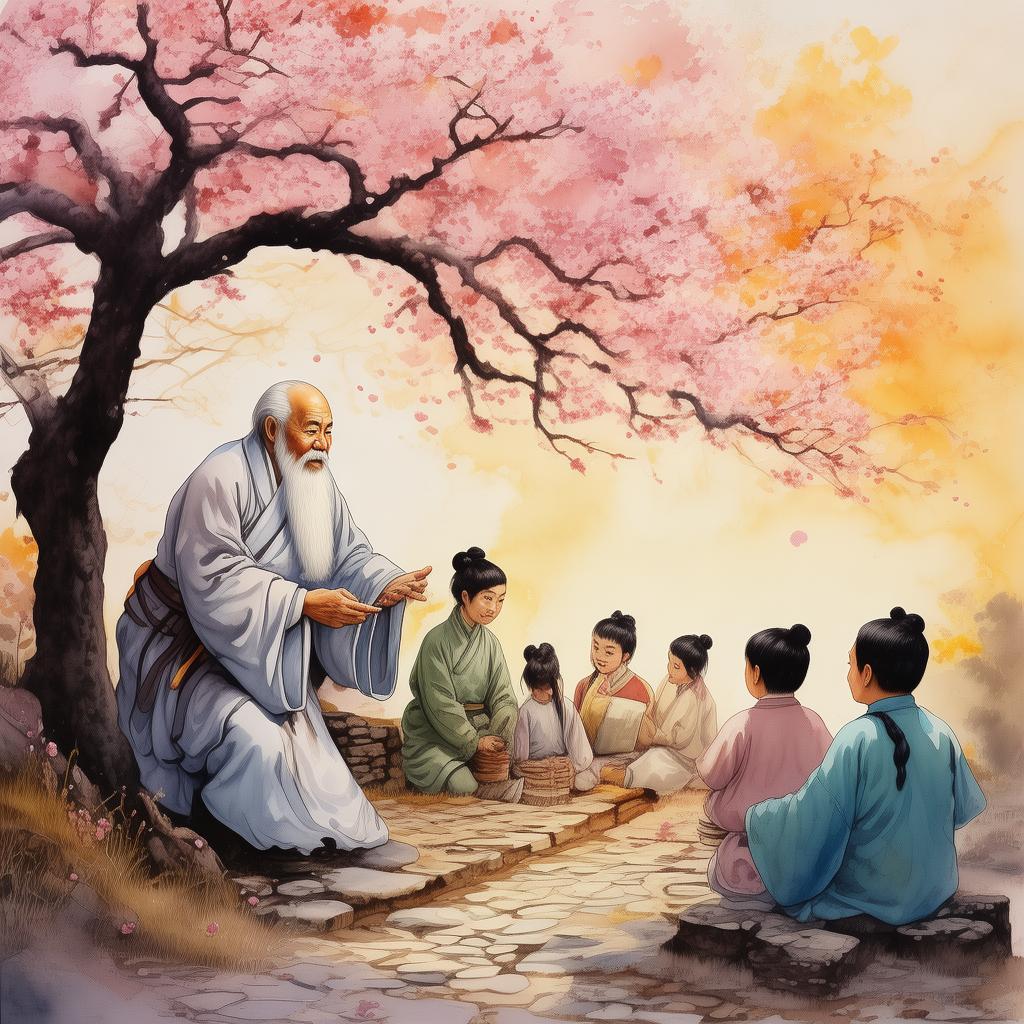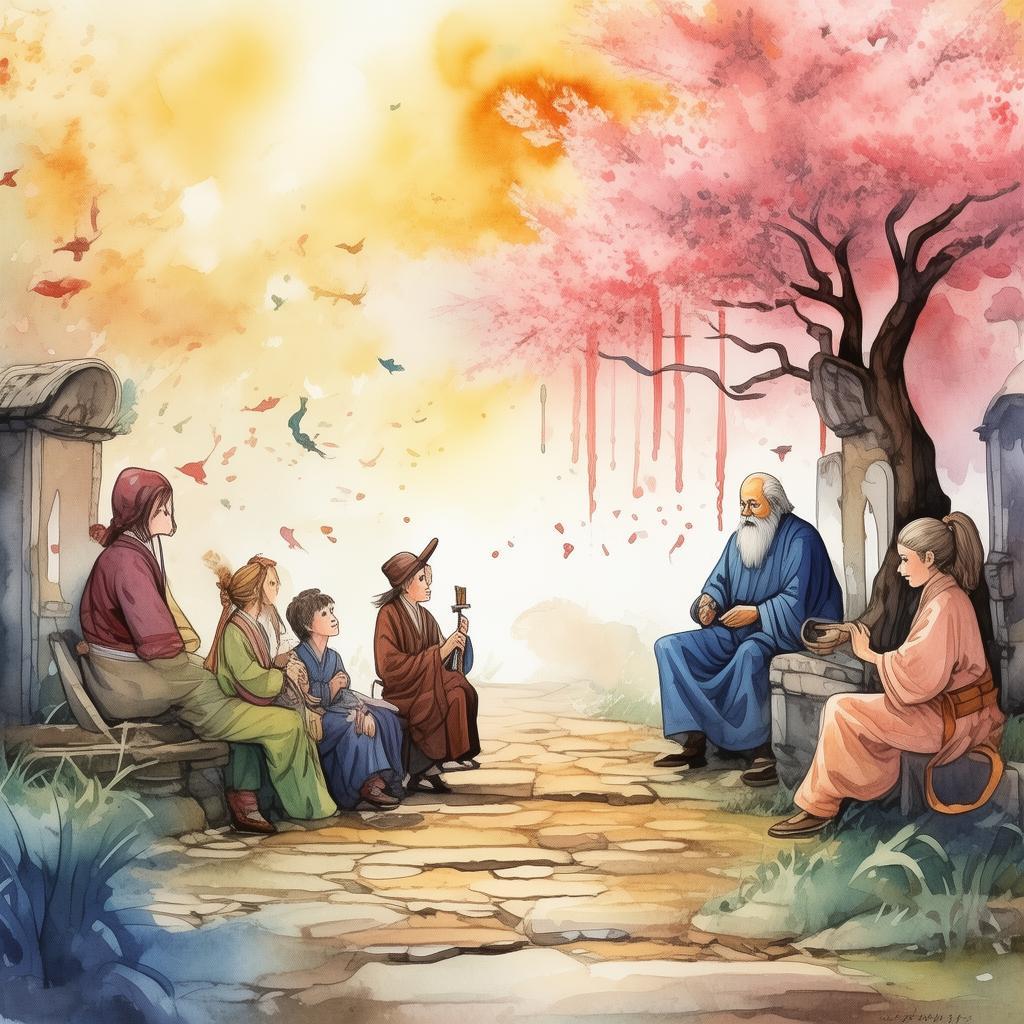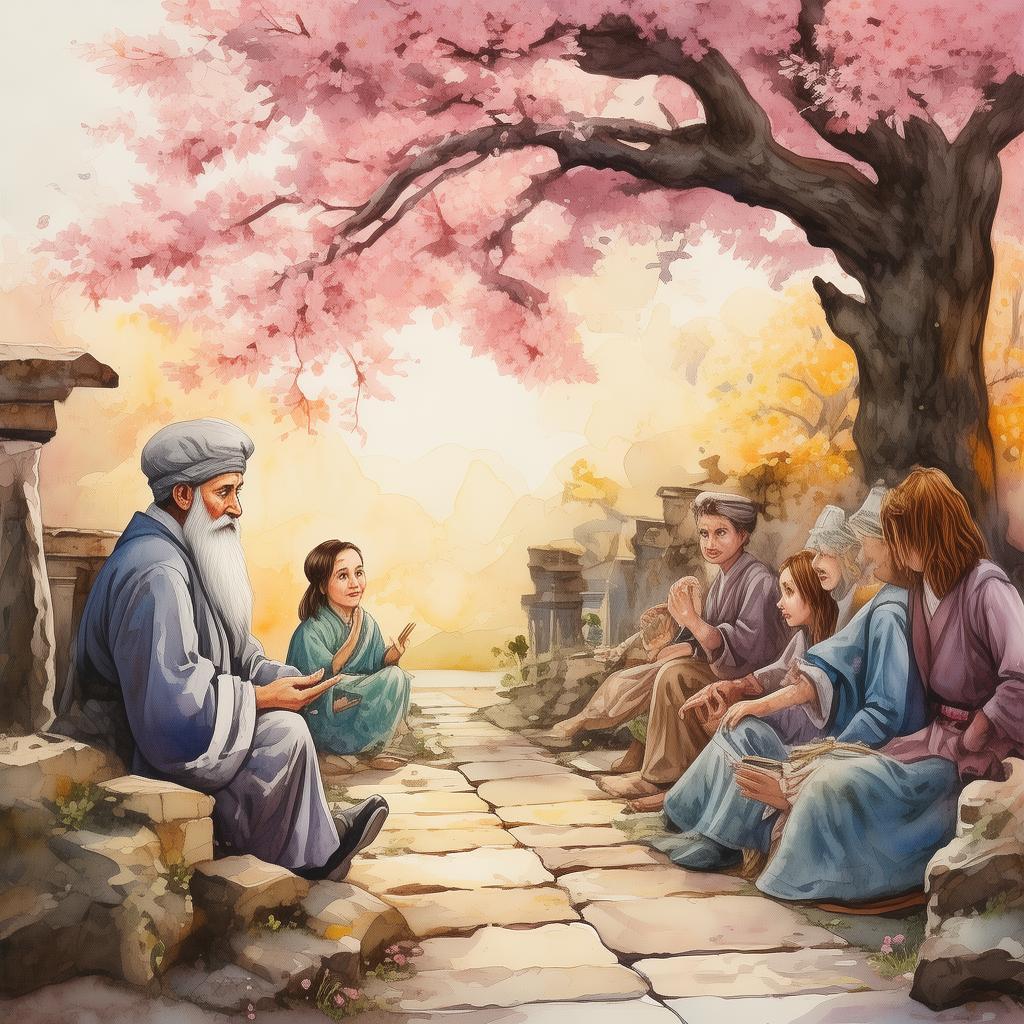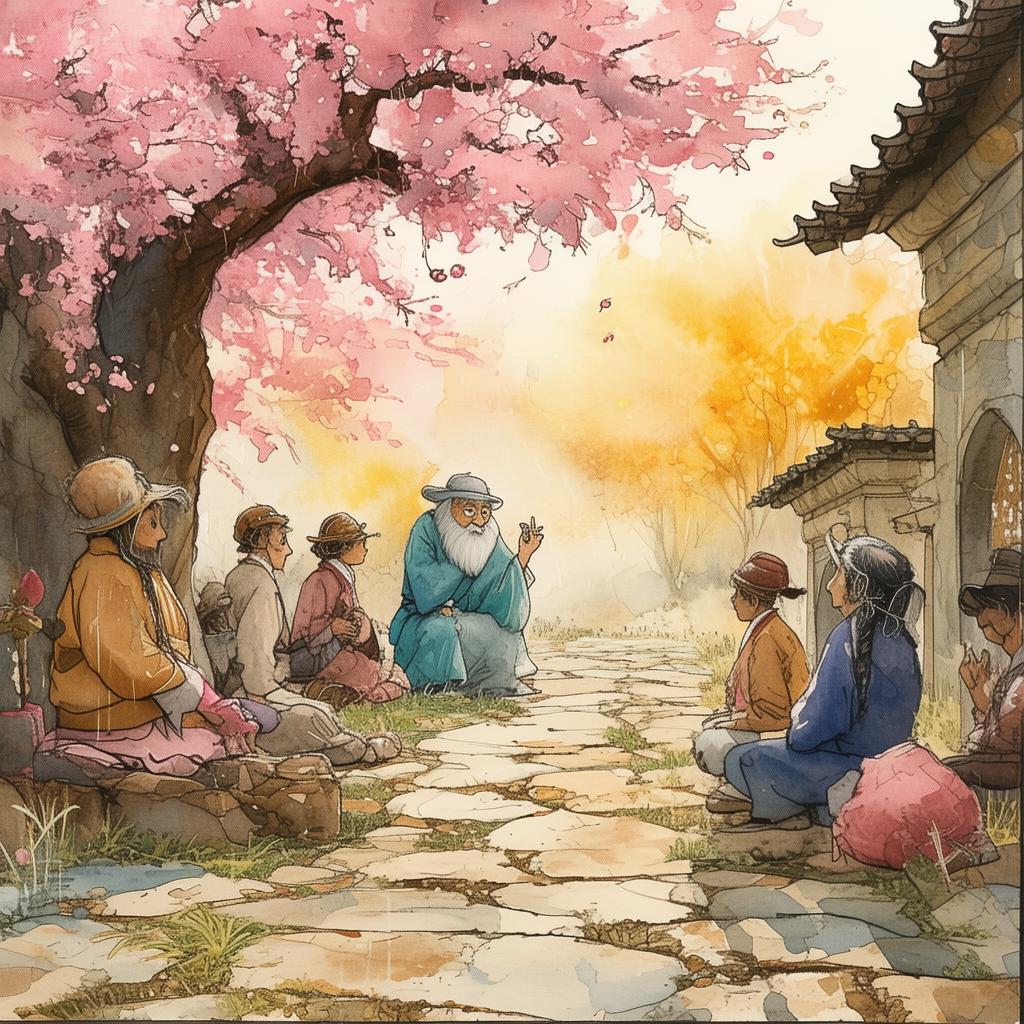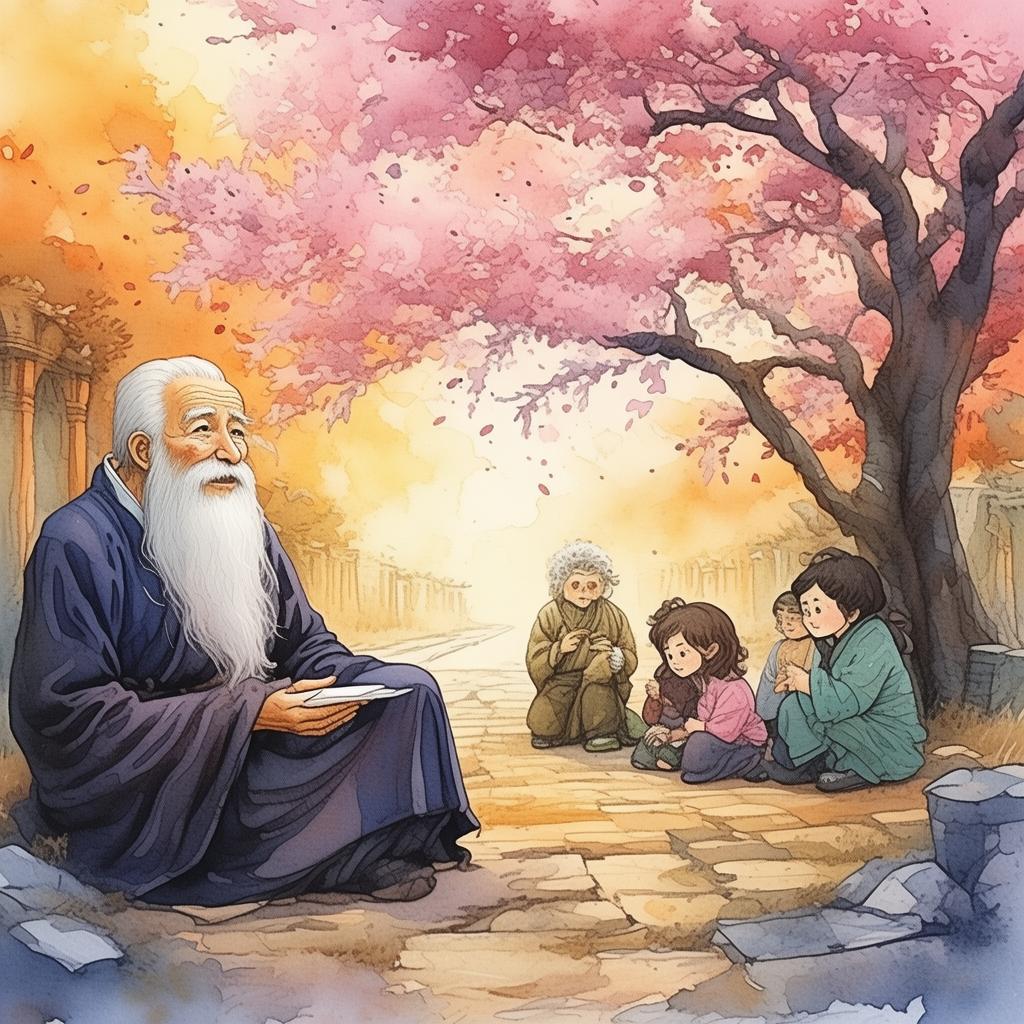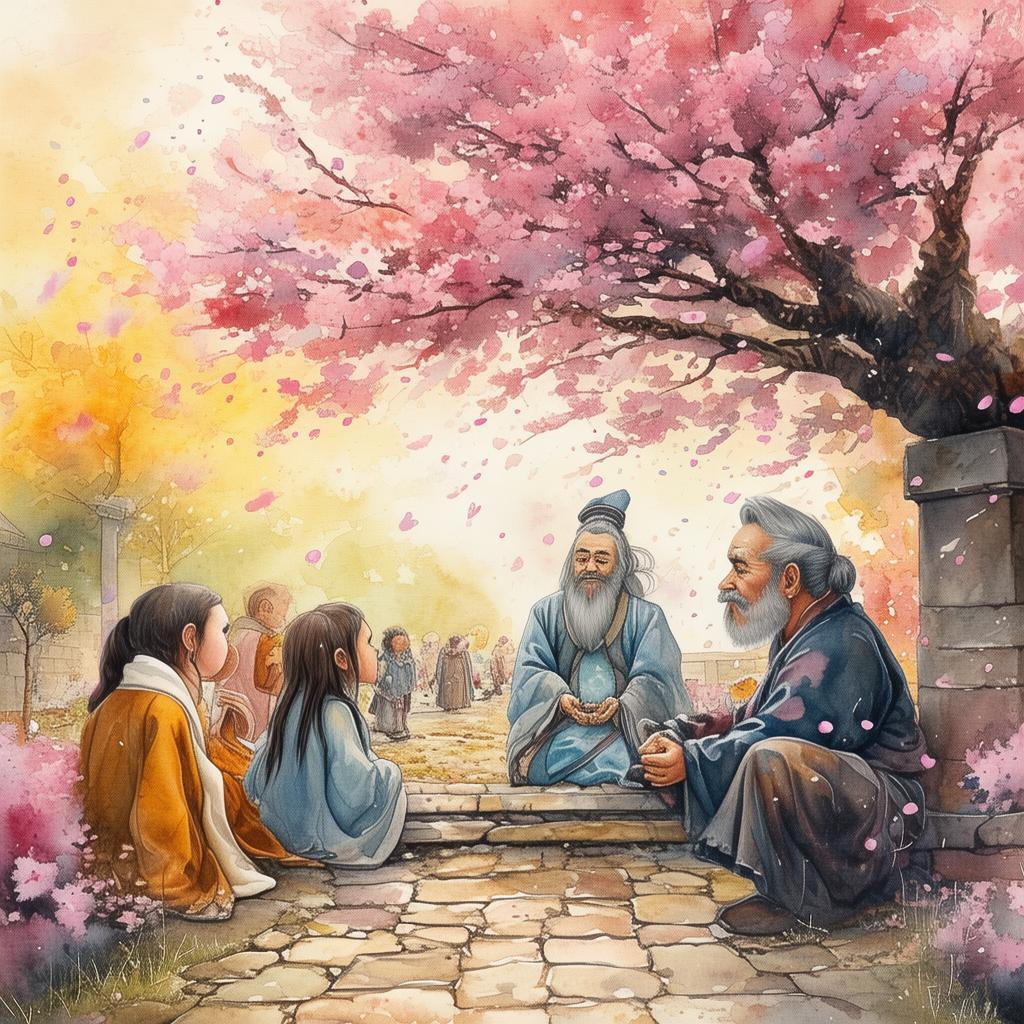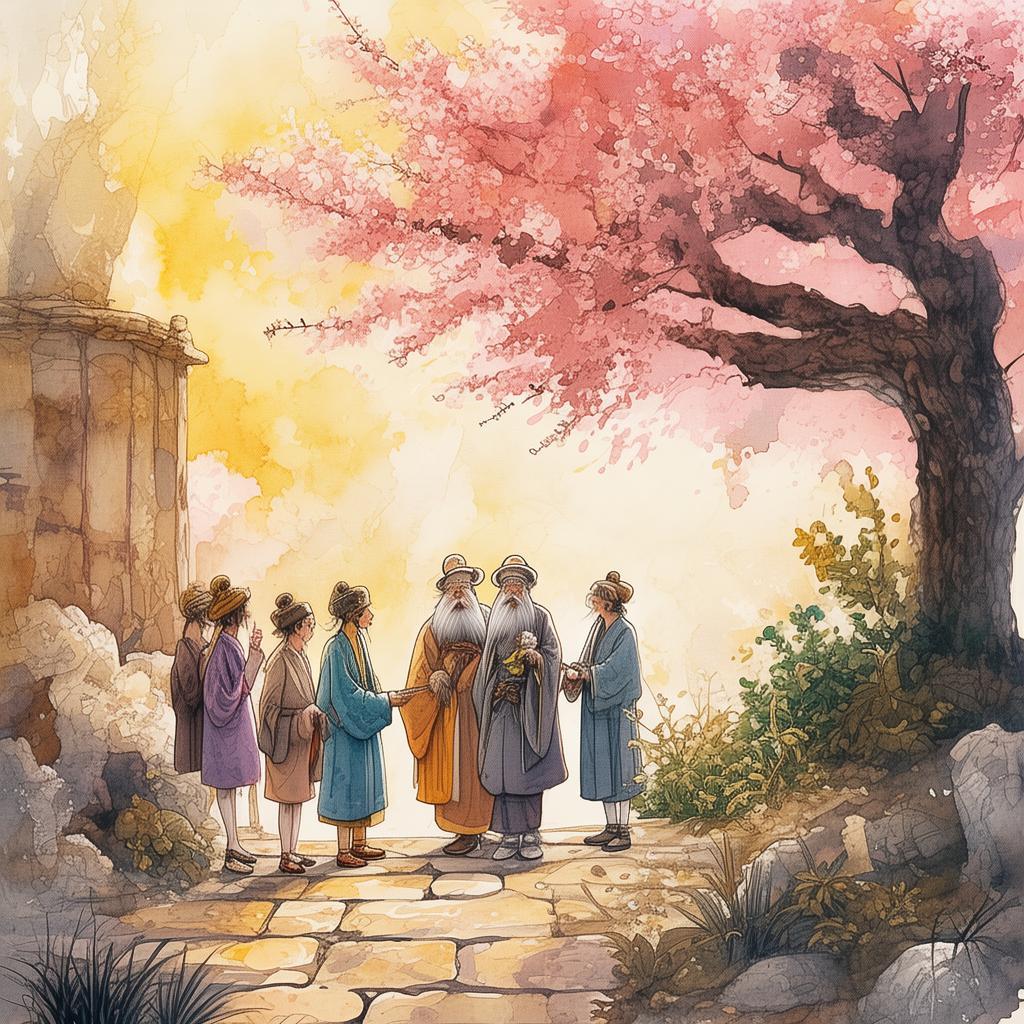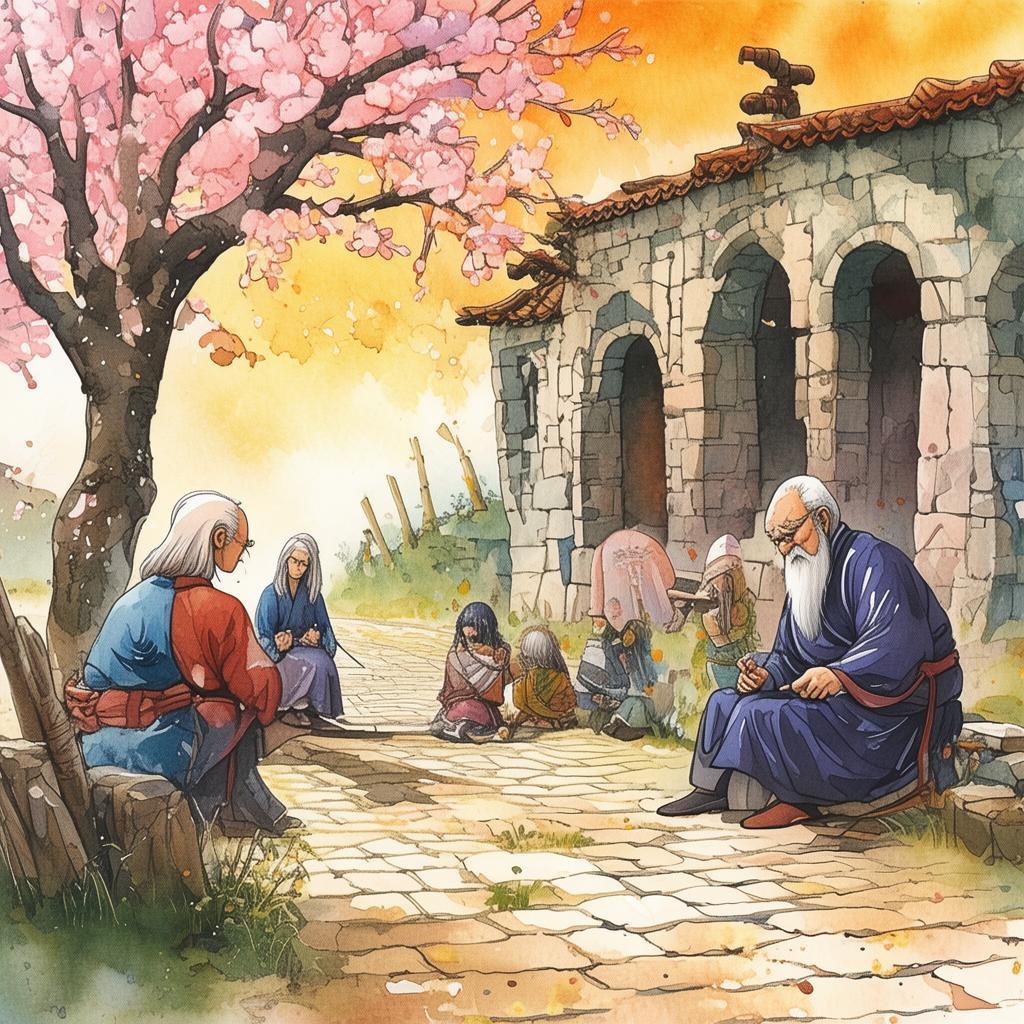Blueprint of the Heart: The Tale of the City of Harmony
In the heart of a bustling metropolis, there was a man named Feng, a visionary architect whose designs were as unique as they were revolutionary. Feng was not just a creator of buildings; he was a sculptor of communities, a maestro of the urban symphony. His latest project, the City of Harmony, was to be his magnum opus, a testament to his belief that the blueprint of a successful city was not just in its physical structure but in the harmony of its inhabitants.
Feng's journey began with a simple yet profound realization: the city was a reflection of the human heart. Just as the heart's chambers beat in rhythm, the city's streets and buildings should pulse with life. He set out to create a blueprint that would not just accommodate the needs of its people but also foster a sense of belonging and connection.
The first step was to design the central square, which he called the Heartbeat. It would be the heart of the city, a place where people could gather, share, and celebrate. Feng envisioned a space where children could play, adults could converse, and the elderly could reflect. The Heartbeat was to be a place of unity, a common ground where every soul could find its place.
As the construction progressed, Feng faced numerous challenges. He encountered naysayers who questioned the feasibility of his dream. They pointed out the practical difficulties, the economic constraints, and the sheer audacity of his vision. But Feng remained steadfast, for he knew that the City of Harmony was more than just a physical space; it was a living, breathing organism that required care and nurturing.
He turned to the people, inviting them to contribute their ideas and dreams. The citizens were inspired by Feng's vision and began to see the city as their own. They shared their stories, their hopes, and their fears. Feng listened intently, incorporating their voices into the blueprint, making the city a collective effort.
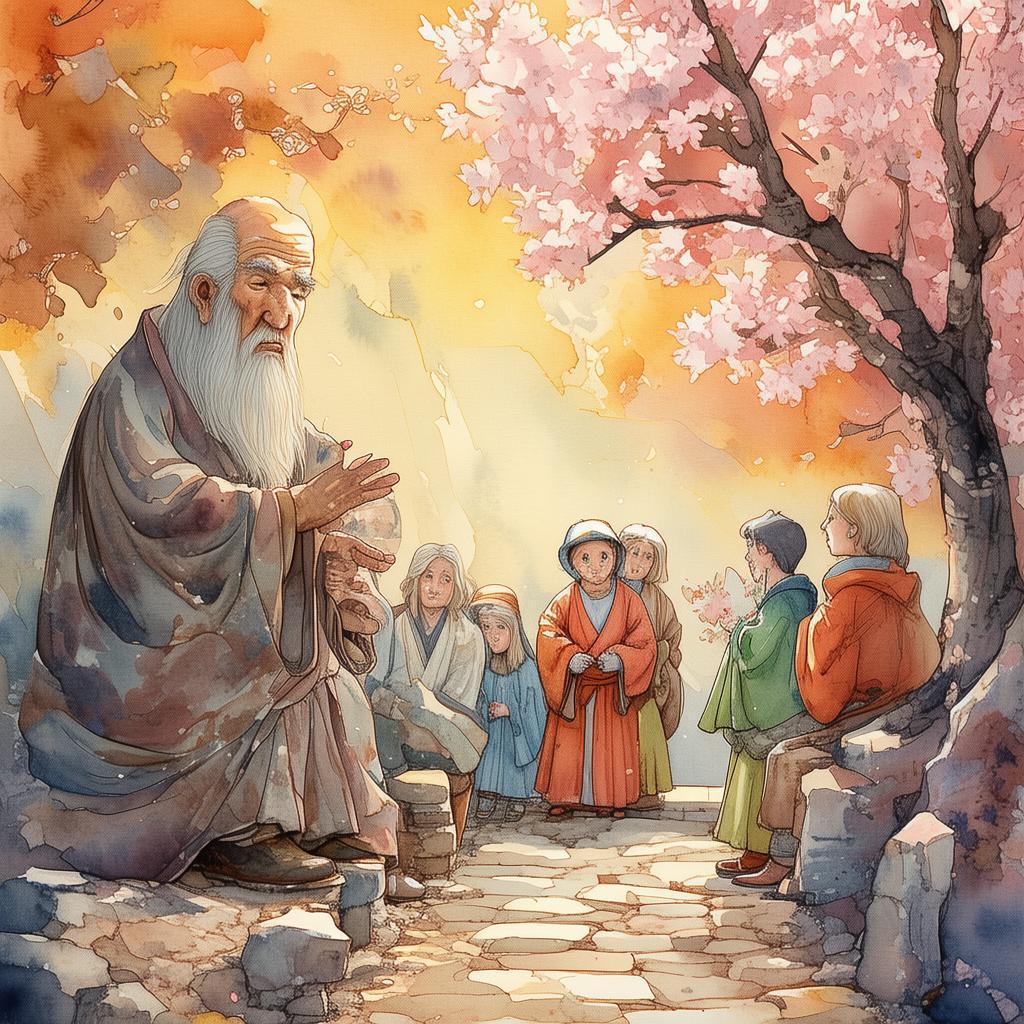
One day, as Feng walked through the construction site, he noticed a young girl, her eyes filled with wonder. She pointed to a section of the Heartbeat and said, "That's where I want to dance at my wedding." Feng smiled and nodded, knowing that the city was not just a place for living but a place for celebrating life's milestones.
As the city took shape, so did the relationships between its inhabitants. The once-strangers began to interact, to share their lives, and to find common ground. The city became a microcosm of the world, with people from all walks of life coming together to create a tapestry of harmony.
One evening, as the sun set over the Heartbeat, a group of children gathered around a storyteller. They listened intently as he spun tales of the city's creation, of Feng's vision, and of the dreams that had brought them all together. The children's laughter mingled with the sound of the wind, creating a symphony that resonated with the heartbeat of the city.
But as the city grew, so did its challenges. New conflicts arose, and the once-unified community faced divides. Feng realized that the blueprint of the city was not just about physical structures but about the emotional and social fabric of its people.
He organized workshops, inviting citizens to discuss their differences and find common ground. The workshops became a catalyst for change, as people learned to listen and understand each other. The City of Harmony was not just a place; it was a living, breathing experiment in unity.
One day, as Feng stood on the roof of the tallest building, he looked out over the city he had helped to create. He saw the Heartbeat, the bustling streets, and the diverse community that had grown around him. He felt a profound sense of fulfillment, for he knew that the City of Harmony was more than just a city; it was a beacon of hope for a world in need of unity.
As the story of the City of Harmony spread, it inspired others to dream and to build. Feng's vision had become a reality, a testament to the power of unity, understanding, and shared dreams. The City of Harmony stood as a testament to the fact that the blueprint of a successful city was not just in its physical structure but in the hearts and minds of its people.
In the end, Feng realized that the true blueprint of the City of Harmony was not a set of plans or blueprints but a collective heartbeat, a shared vision of a world where every person felt at home.
✨ Original Statement ✨
All articles published on this website (including but not limited to text, images, videos, and other content) are original or authorized for reposting and are protected by relevant laws. Without the explicit written permission of this website, no individual or organization may copy, modify, repost, or use the content for commercial purposes.
If you need to quote or cooperate, please contact this site for authorization. We reserve the right to pursue legal responsibility for any unauthorized use.
Hereby declared.
